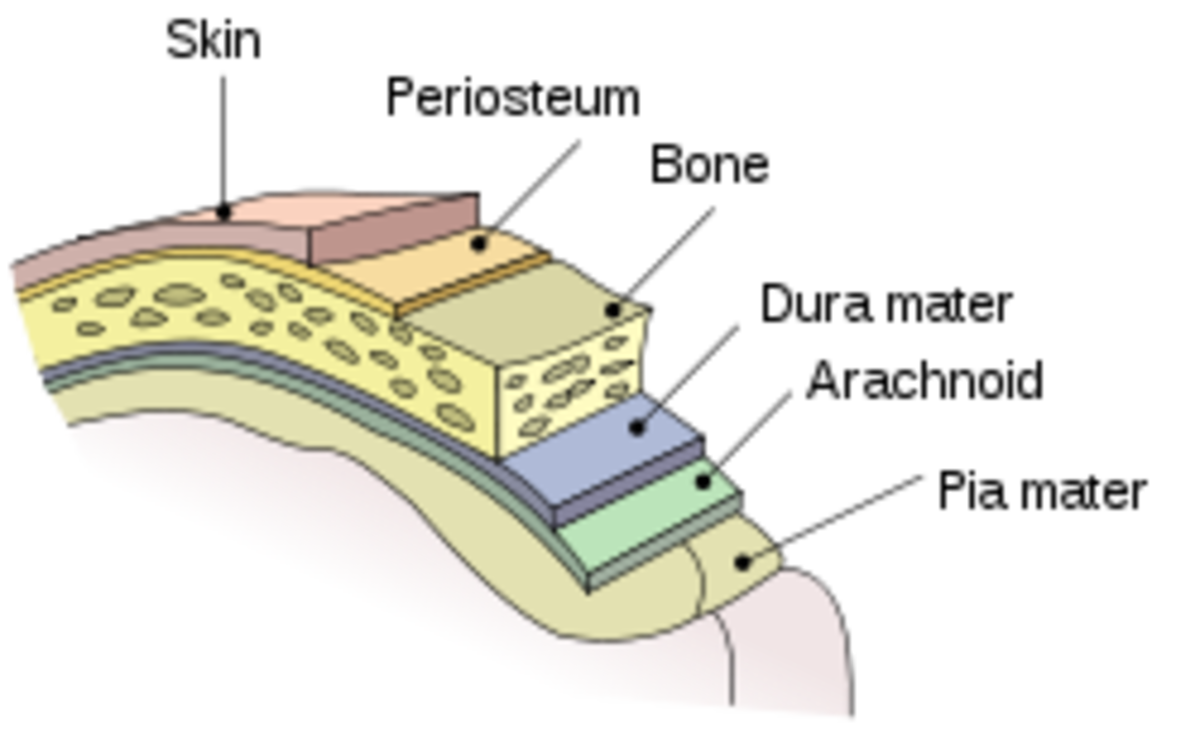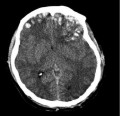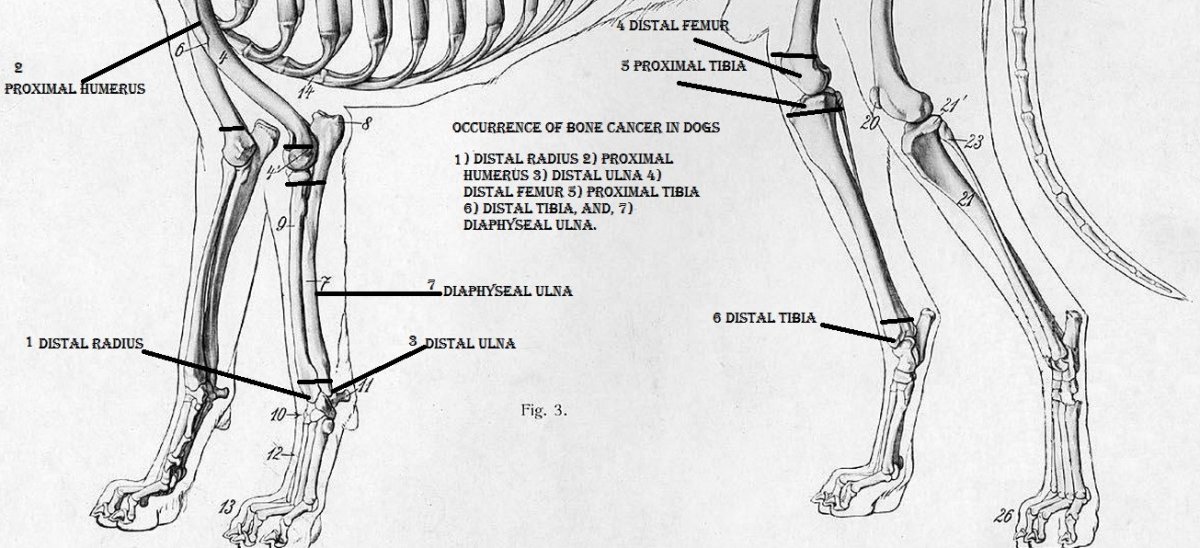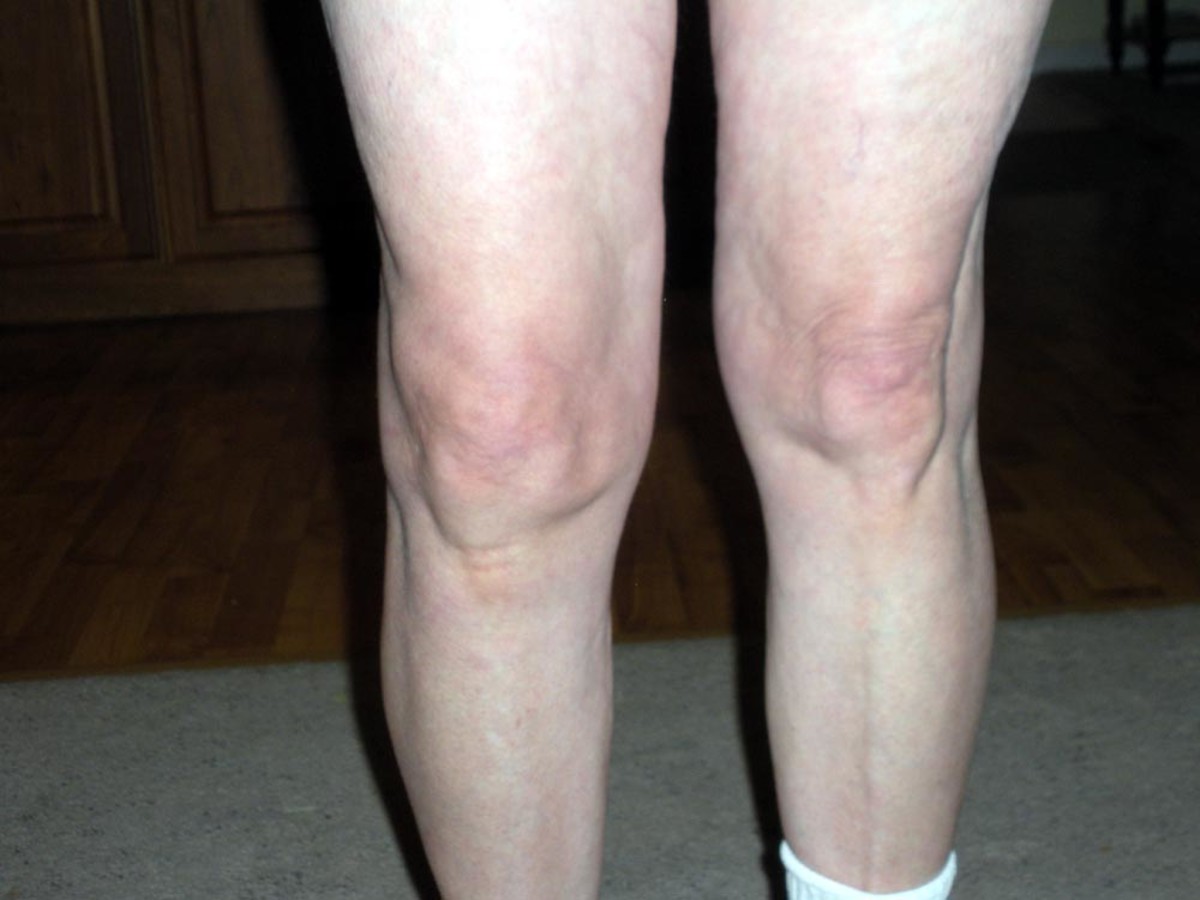Understanding Brain Injuries
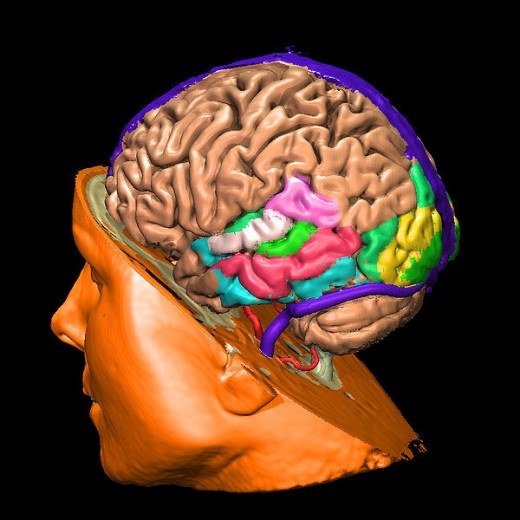
Head/Brain Injury
Can someone survive a serious head injury? The answer is yes, many people have survived serious injuries to the brain. In 1948, Phineas Gage was a railroad foreman. While compacting explosives, a rod shoot back through his head taking with it a large portion of the left frontal lobe of his brain, before exiting through the top of his skull. One would have thought he would have died instantly, yet he lived without part of his brain from 1948 until his death in 1960. As one would expect, Phineas Gage was never the same again after the accident. The part of his brain that was damaged destroyed his reasoning skills, altering his personality, and damaging his ability to verbally communicate. Neurologists and psychologists have studied the known facts of the Gage case in an attempt to help other people.
Simply knowing that someone could live without part of their brain, has given hope to people who have seen loved ones survived serious injuries. Understanding how the brain functions is important to the families who wait every day in the hospital for news of their loved ones condition. At the beginning of a head injury the brain swells just like any injured part of the body. While the brain is swollen it is difficult to tell how sever or how permanent the damage. During this stage the injured person is plied with drugs to keep the person comfortable, control infection, and reduce swelling. Often comma is induced to help the body heal before a person becomes coherent. After an undefined amount of time, the person may begin to communicate. Depending on location of the injury, the person’s words may be confused or even sound like gibberish. Do not be alarmed, this is not an indication of a permanent inability to speak. Between the drugs and the injury it takes a considerable amount of time before the prognosis can be established.
Various parts of the brain have specific jobs. When the brain swells, pressure on certain parts of the brain can temporarily impair abilities. We use more than 10% of our brains. At times several areas of the brain can be active at the same time as a person goes in between tasks. Continuous pressure to a part of the brain can do long term damage. However, until a patient reaches a point where the swelling is gone and the drugs are no longer in use, it will not be possible to be certain of the damage.
If there is significant damage to the frontal lobe a person may have to take anti- psychotic medications. I mention this because people are often upset by the fact that a person has to be medicated to an extreme. Doctors have to weigh the options in cases where the frontal lobe is severely damaged. People who have frontal lobe damage tend to have violent episodes from this part of the brain not functioning properly. Doctors must make the decision between risking the possibility the patient will injure themselves (or others), or constantly medicate that person to ensure that they do not have an episode.
Surgery or damage to the left side of the brain can cause a person to have issues with communication. On the left side of the brain just above the ear is the region of the brain controls the ability to connect words to things and then verbalize the words. After a surgery or damage a person may have to learn to speak again. It is not unusual for a person to throw words in the middle of a sentence that do not belong such as “Put dog in cabinet”, the person may mean to put a cup in the cabinet yet, the words do not come easy or correctly for them. As healing takes place often the ability to speak comes back without therapy. Of course in more severe cases therapy can take a long time.
The body is made to heal its self. Over ten years ago I met a man who had his entire skull ripped open by a hook attached to a tractor. This young man had 26 operations to reconstruct his skull and face. Today he functions normally even though his prognosis was not good after the accident. Doctors have discovered amazing ways to help those who have been injured or are recovering from brain surgery. Understanding the parts of the brain that are effected is key to knowing what is happening and why. There is always hope and new technology is constantly aiding in the recovery process.


